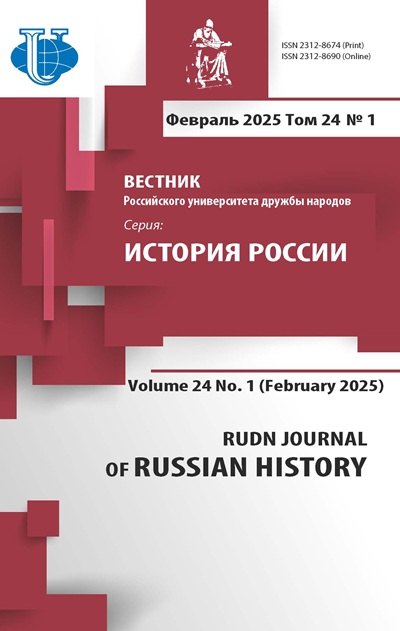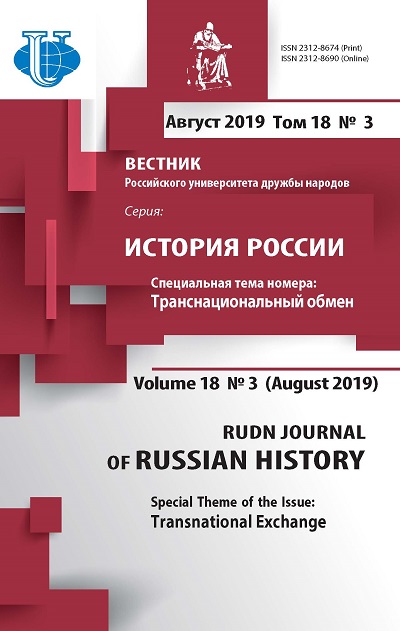Abstract
Abstarct: In the context of the history of migration processes among nomadic peoples, the present article studies transboundary nomadism between the USSR and neighboring countries in the 1920s as well as the Soviet policy on these processes. The author discusses the border areas of the east and south of the USSR and such neighboring states as China, Mongolia, Tuva, Afghanistan, and Persia. The article is written on a broad source base, which includes both published and unpublished documents identifi ed by the author in the Russian State Military Archives (RGVA), the Russian State Archives of Socio-Political History (RGASPI) and the Aginsky Branch of the State Archives of the Trans-Baikal Territory (AFGAZK). The article demonstrates the important strategic role of border nomadic regions, in particular, of Buryatia, Kazakhstan, Kyrgyzstan, and Turkmenistan. After the 1917 revolutionary events in Russia, migrations from these territories were motivated not only by economic but also by political reasons, with the nomads escaping from state control and subsequently participating in anti-Soviet uprisings and in the Basmachi movement. The author argues that the Soviet leadership was eager to uphold the status quo on its borderlands. By the 1930s the USSR established full control over migration processes, minimizing or completely eliminating the transboundary nomadism. This was framed as a question of securing the state´s borders against a capitalist environment, but also of preventing the penetration of hostile ideology from abroad.
















